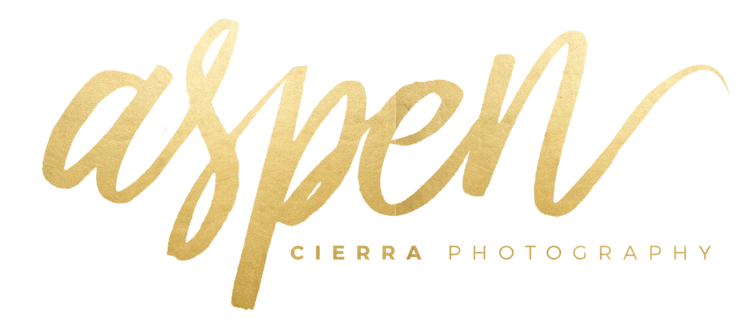When I first started dabbling in photography at 15 to when I went off to college for it I made plenty of rookie mistakes. I’ve compiled a list of 10 mistakes I made and a few quick fixes for how you can avoid them.
Thinking that having an expensive camera would give me great photos
As a self-proclaimed brand junkie I continuously had it in my mind that the more expensive my camera was that I would be a better photographer. So in my first photography class I went from an entry level camera to a top of the line full-frame camera. Although I don’t regret it, I had to play a lot of catch up when it came to learning this new, expensive piece of equipment. I would recommend getting a camera that you can afford and learning that camera inside and out. At the end of the day, the equipment is just the vessel for your skills and creativity. You can make a great photo out of anything.
Always shooting in Auto
While Auto is a great crutch for fast shooting and learning how your camera works, it doesn't work for everything. Learning to shoot in manual will be your best bet in the long run. Auto can get the job done sometimes but there will be many other trickier lighting situations that the Auto function just won’t be up to the task.
Shooting in jpeg
When I first started I only shot in jpeg but when you progress as a photographer and learn about RAW files you do better. Raw files allow for more dynamic range, or the varying amount of color and light. In your images that jpeg files will. Also, when editing in Photoshop or Lightroom Raw files allow for less destructive editing. When editing in jpeg, every time you open the file it loses quality whereas RAW files lose no quality.
Using on-camera flash
I’ve been guilty of this one until this past Christmas when I got an external flash. The on-camera flash can’t be controlled like an external flash so photos may look too bright and not expose the image correctly. That flash look that you are accustomed to is not a good look.
Not using in tripod in dark or nighttime situations
Another one that I’m guilty of is not utilizing a tripod when necessary. I’m a very hands-on shooter when it comes to photography and love to be able to move around. But tripods are necessary when you are a dark lit space such as a restaurant or concert or shooting at night. In dark situations if you’re shooting in manual your shutter speed will be pretty low such as ½ a second to get more light into the camera and will need a tripod to lessen the appearance of camera shake. A good rule of thumb is if your shutter speed is under 1/60th of a second then you need a tripod.
Not knowing how to properly read a light meter/underexposing photos
The light meter in your camera is probably the first light meter you will learn. It’s a ruler of how bright or dark your photo is. In most situations you’ll want the line in the meter to be in the middle for a correctly exposed photo. If the meter line is to the left of the midpoint then it is underexposed or dark and if it's to the right then it's overexposed or too bright.
Awkward cropping
Don’t crop off heads, hands or feet. In fashion photography, there is more artistic leeway than a traditional portrait when it comes to cropping but there are still general guidelines that you can follow as well. If cropping arms or legs crop don’t crop at the joints such as the knee or elbow. Crop at places like the mid-thigh or arm.
Crooked photos
If you struggle with holding your camera straight like I do when shooting handheld, you can invest in a camera level or look into your camera settings to see if you can put grid lines on your focus screen in your viewfinder. A tripod will also fix any crooked shooting issues.
Over editing
When I first started learning how to retouch my photos, I wanted everything to read super sharp and saturated that I went a bit overboard on the contrast and saturations tools. Try to dial back on the over-sharpening in post production. If you didn’t get it in focus in camera the contrast or sharpen tools won’t help you. As you practice editing you get better at knowing when enough is enough or when to tweak things.
Incorrect white balance
Lastly, we have white balance. You’ve probably seen your photos come out yellow or green depending on the lighting situation and where you are shooting. When I got my first DSLR as a teen I practice shooting in my room under my yellow room light which showed in my photos. All cameras have white balance settings whether preset or custom. There are different presets on your camera for where you are shooting such as Auto, Tungsten, Fluorescent, Daylight, Cloudy, Flash and others. If you don’t know what type of light is on in the setting you’re shooting in play around with each to see which works best for what you are shooting.
With you’re first starting out in photography everything is about trial and error. It’s much easier to delete a photo versus back in the film days where you spent hundreds of dollars on film. Don’t be afraid to make a mistake.
If you’re struggling with how to get started in photography check out my Youtube channel or join my email list for weekly helpful tips to get you going.






